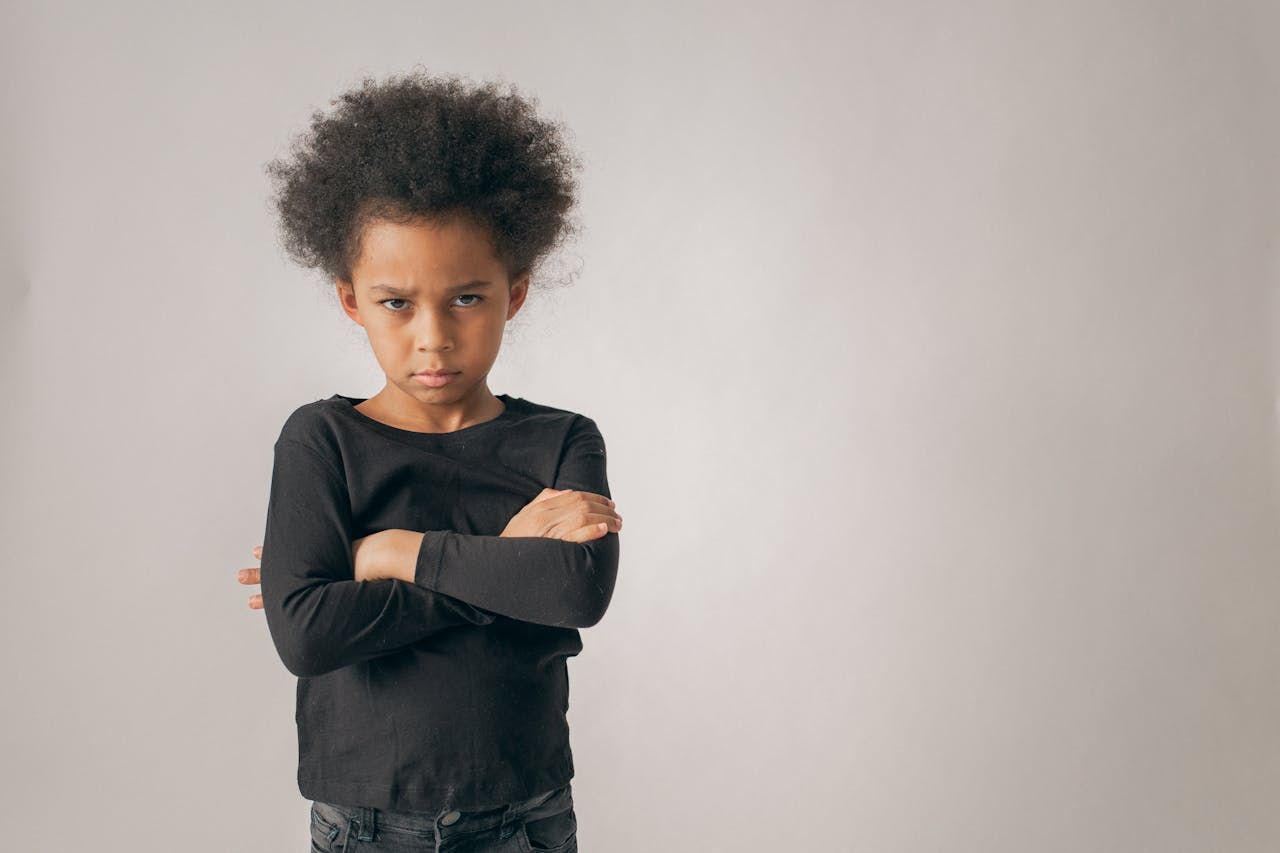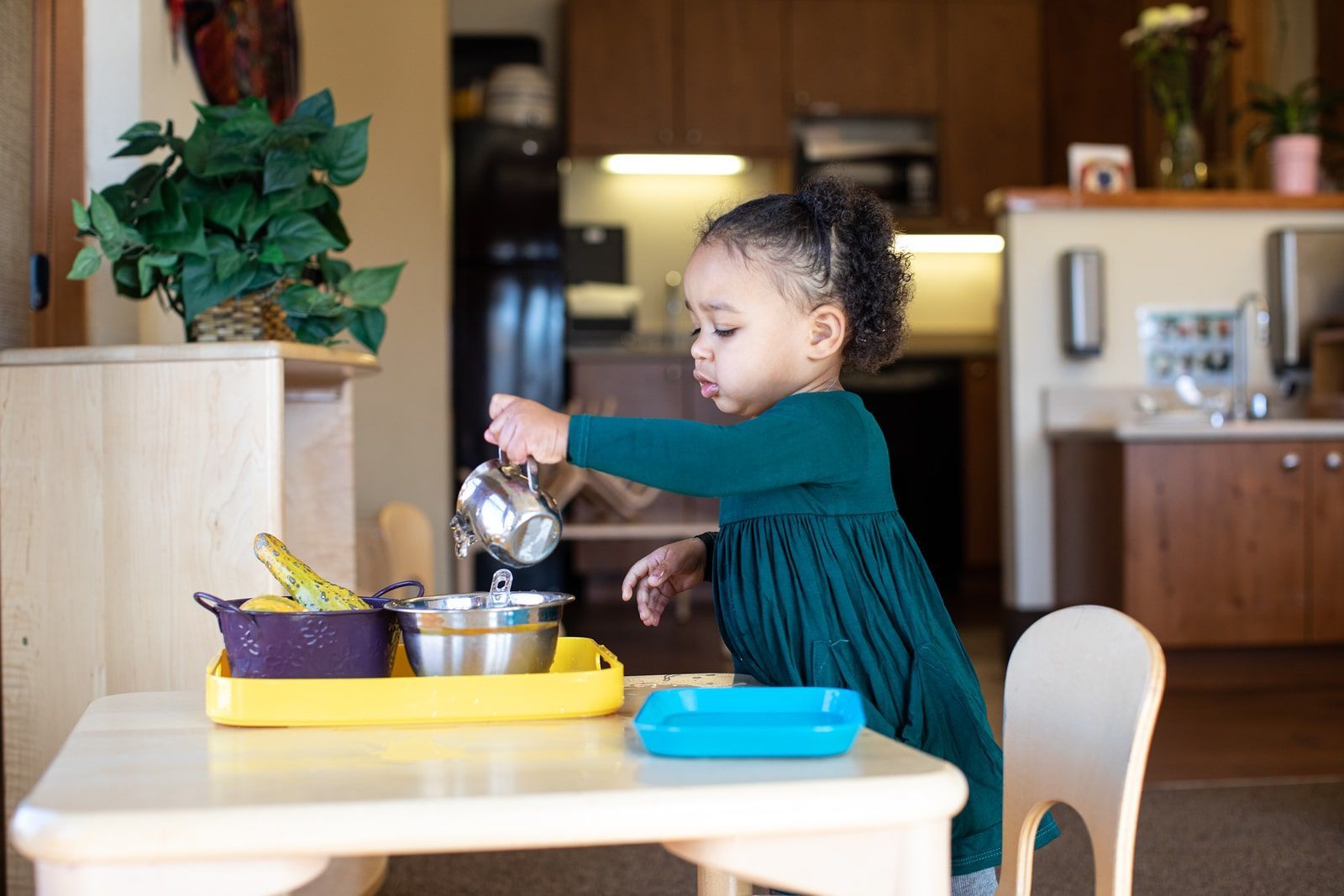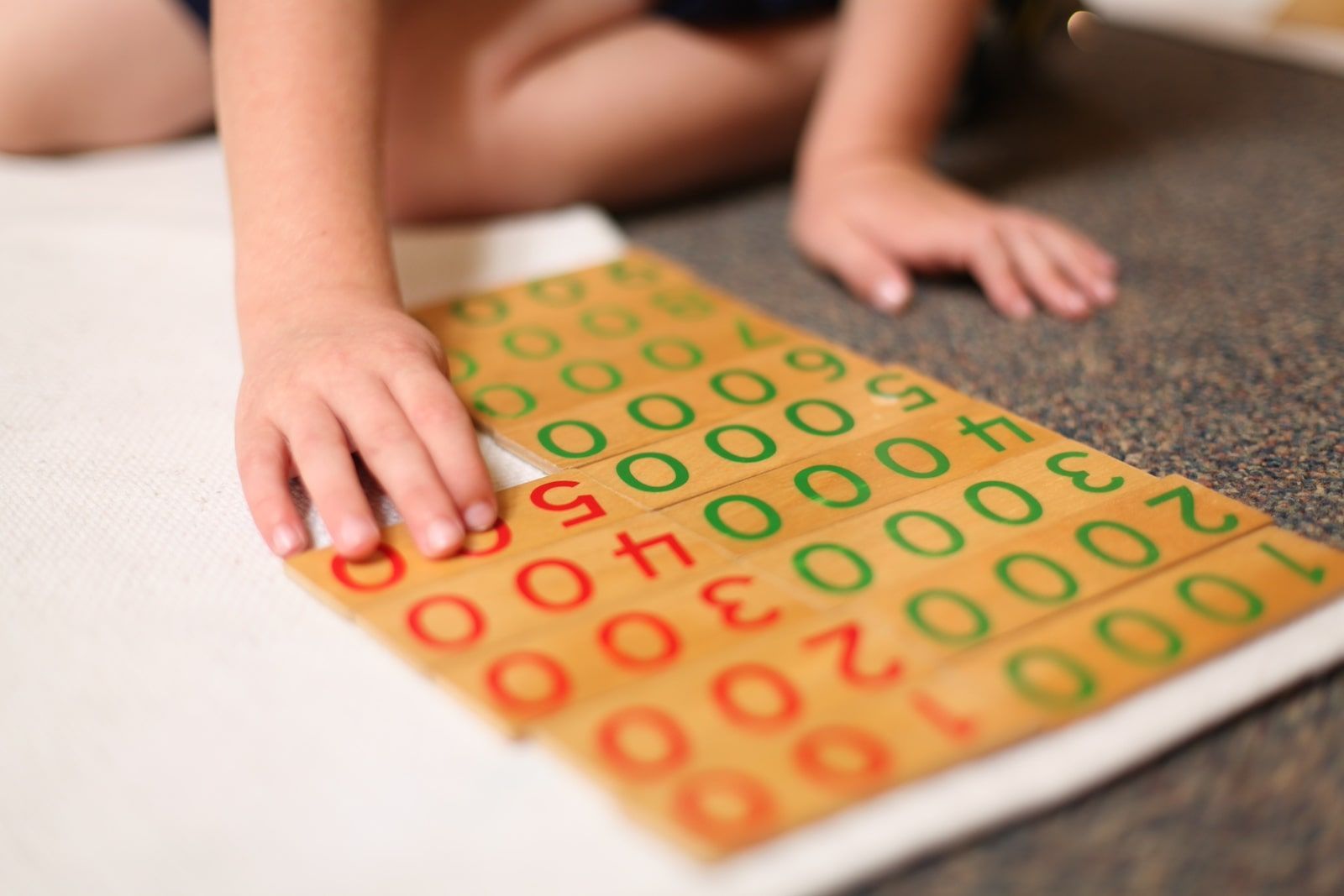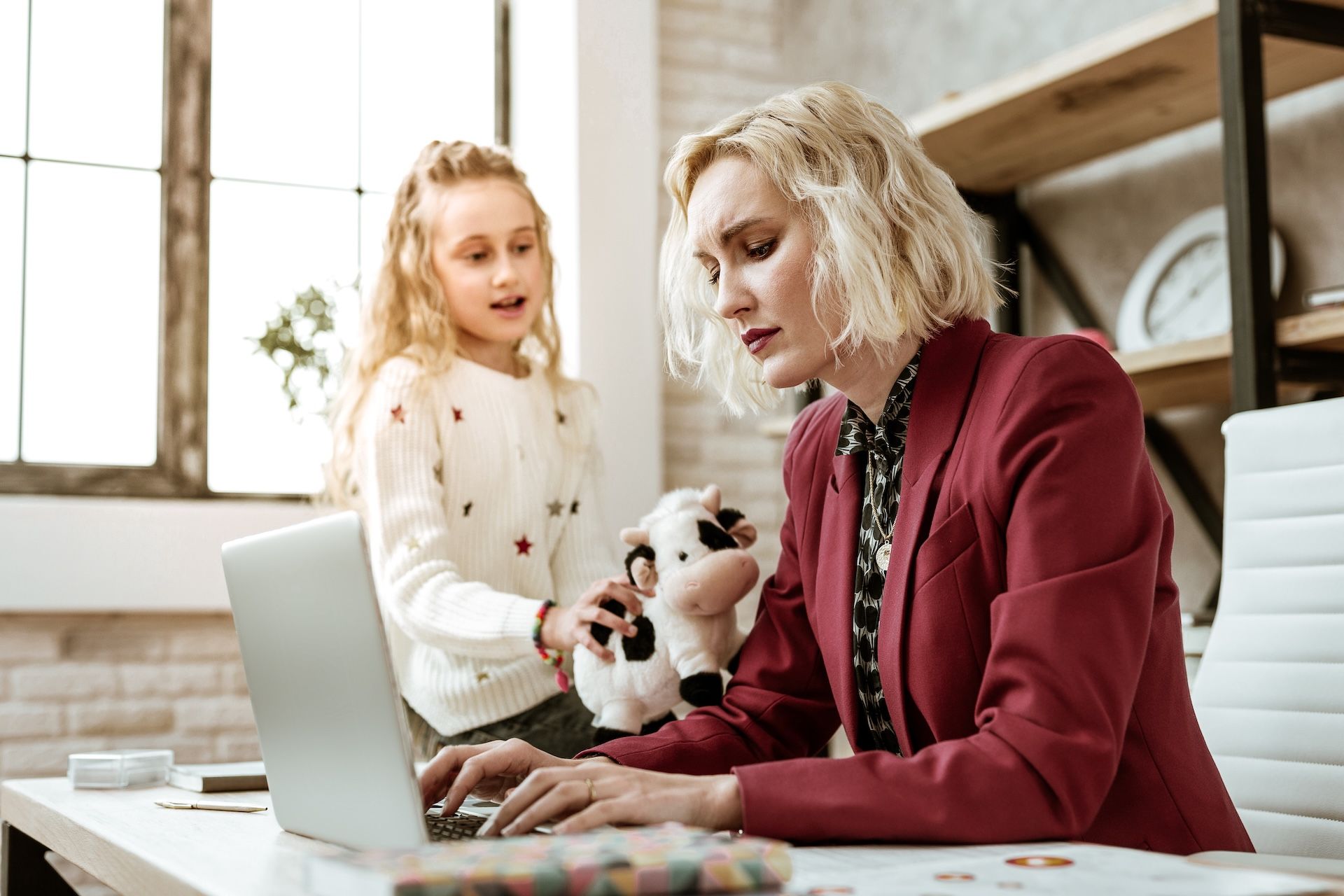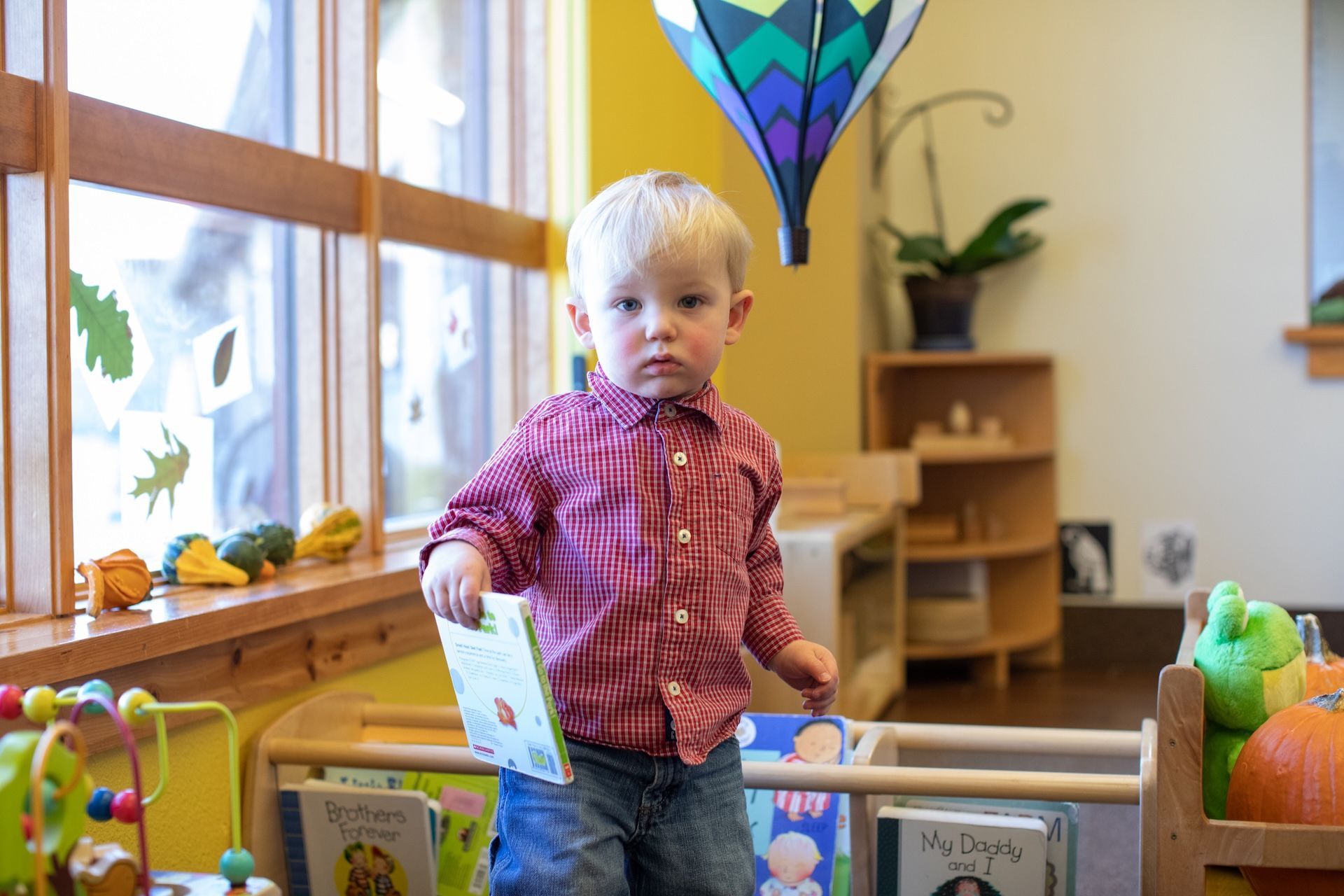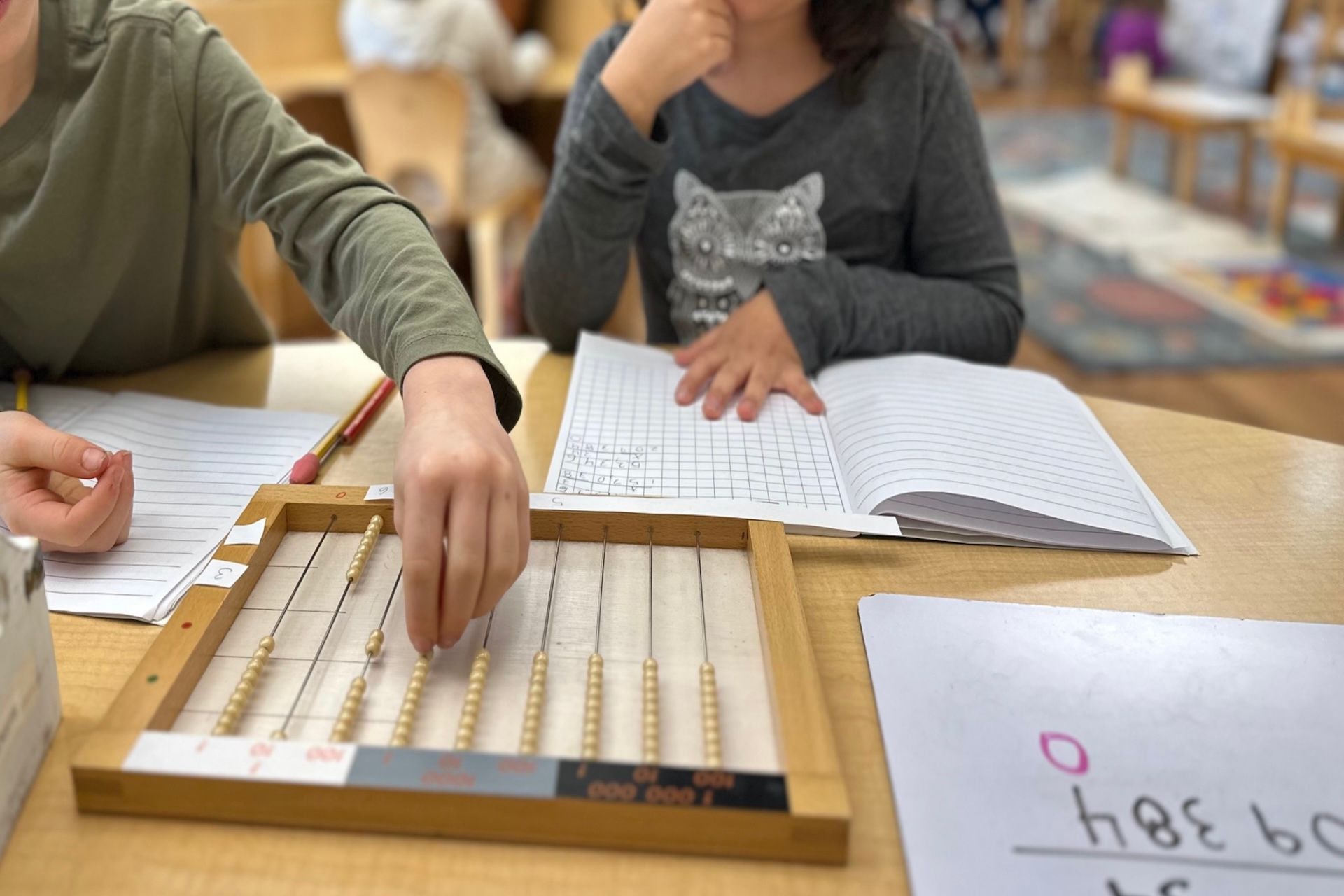Curiosity Over Commands
Discover how curiosity questions foster calm, connection, and confidence in children—an empowering shift for everyday parenting moments.
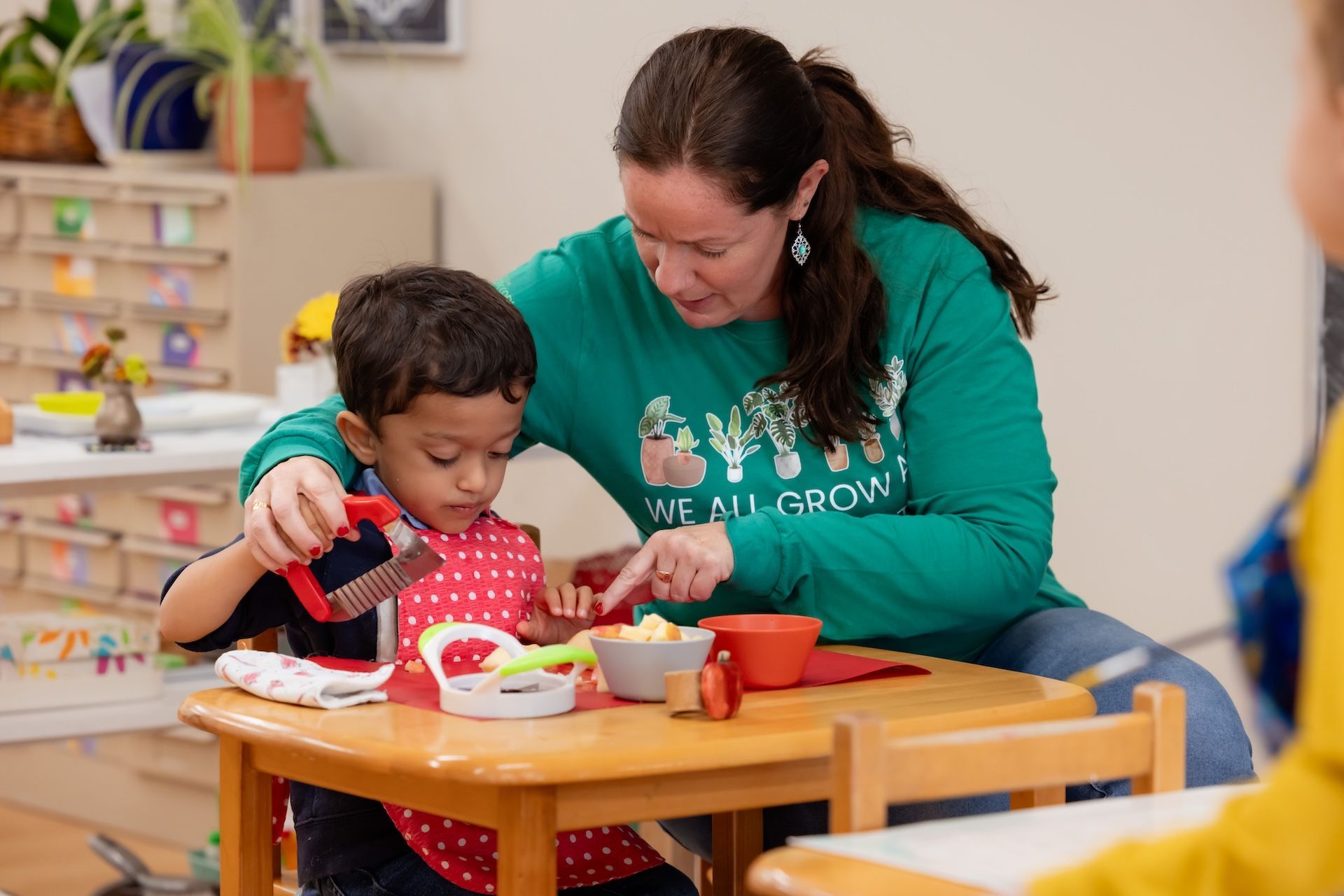
Imagine the scene. A young child is trying to get comfortable for a car ride, but nothing seems right. Parents (and maybe even siblings) try to help. However, with each suggestion, the child becomes increasingly upset and overwhelmed.
When we see that our children are getting frustrated, often our immediate response is to offer help, usually in the form of advice: “Try this.” “Do that.” “Just calm down.” While our intentions are good, our children’s responses tend not to be positive. Depending upon the situation, they may get more overwhelmed, respond with resistance, or even shut down.
Advice, even when helpful, isn’t always what’s needed in the moment. What often works better (with children and even adults!) is a different kind of support, one that builds connection and trust, rather than pressure.
The Power of Curiosity Questions
In the Positive Discipline approach, this alternative is known as curiosity questions. Rather than imposing solutions (think of this as “you should” kind of advice), these questions are designed to invite children into the problem-solving process. Curiosity questions shift the dynamic from a command-and-control approach to one of collaboration.
Here are a few examples of curiosity questions:
- “What’s happening?”
- “What would you like to have happen?”
- “How can I help?”
By asking instead of telling, we can give our children space to think, feel, and take ownership. Their brains remain engaged in a calm, reflective state rather than flipping into fight-or-flight mode. Even more importantly, children start to feel capable because their ideas and feelings are valued.
Why This Matters
Moments of frustration or challenge are inevitable. Whether it’s struggling with a seatbelt, navigating friendship dynamics, or facing academic pressures, children need tools to navigate those moments, and we need ways to guide without overwhelming them.
Curiosity questions do more than solve the problem at hand. They:
- Build emotional resilience
- Strengthen communication skills
- Cultivate problem-solving and independence
- Foster mutual respect
When we ask questions instead of rushing in with answers, we step out of the pressure to “fix” everything. We create connection instead of conflict.
A Simple Shift
Imagine a different response on that car ride. Instead of “You should move your backpack,” or “Just unbuckle and redo the seatbelt,” or “Take a deep breath and calm down,” what if the question had been, “What’s bothering you back there?” or “What would make things more comfortable?” The child may still have felt upset, but they would have been invited into the solution.
Key Principles
Using curiosity questions effectively, our tone, timing, and intent are critical. Keeping these core principles in mind will help immensely!
Be Genuinely Interested
When we ask questions, we want to make sure we don’t have a hidden agenda. Children are incredibly perceptive and can sense when a question is loaded or when it's a subtle way of getting them to do what we want. Curiosity questions are most powerful when they come from a place of authentic wonder and care. Ask because you want to understand their experience, not because you're trying to control it.
Create a Calm First
When children are in the middle of a meltdown, they aren’t able to process language-based information. If they (or we) are emotionally flooded, focus on calming and connection first. “I can see this is really frustrating. Let’s take a breath. We can talk about it when we’re both ready.” The focus, thus, is first on everyone feeling regulated.
Avoid Accusatory Language
Children are also incredibly sensitive to undertones of blame. Even well-meant questions can come across as judgmental if they're delivered with irritation, sarcasm, or disbelief. Focus on gathering information with empathy and openness. We want to avoid “Why did you…?” if it feels like an interrogation. Thus, it’s best to frame questions to understand.
Listen Actively
When a child answers a curiosity question, they’re offering a glimpse into their inner world. Pause. Make eye contact. Tune in with your full attention. Reflect back what you hear. Ask follow-up questions to deepen understanding. Active listening builds trust and strengthens the relationship. A good go-to question is, “Tell me more about that.”
Be Patient
Children—especially younger ones—often need time to process both the question and their thoughts. Thus, we want to avoid jumping in with another question or suggestion too quickly. Silence can be a powerful part of the process, giving our children time to think and respond.
For the Road Ahead
Curiosity questions are a cornerstone of respectful, connection-based parenting. We’ll face plenty of moments when instinct tells us to jump in and take control. However, sometimes the most empowering thing we can do is to slow down and get curious. With just a few simple questions, we can help our children feel calm, capable, and connected. In the process, we can also remind ourselves that guidance doesn’t always mean having all the answers.
To learn about more examples of effective and respectful guidance, schedule a time to visit our school!


